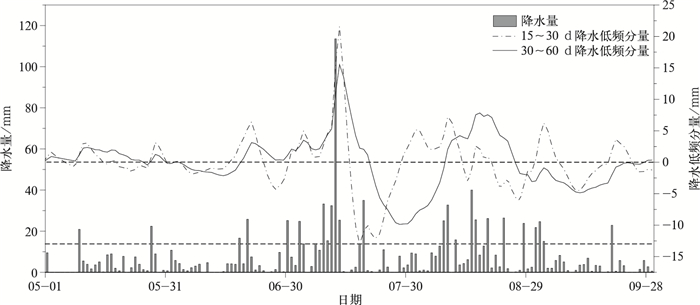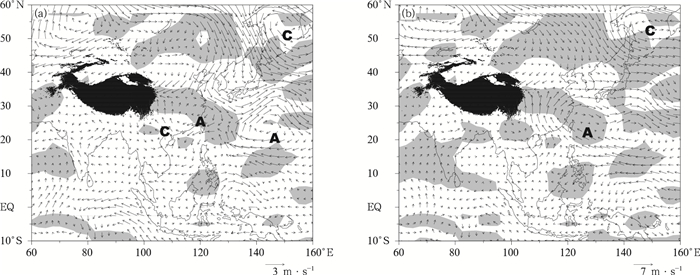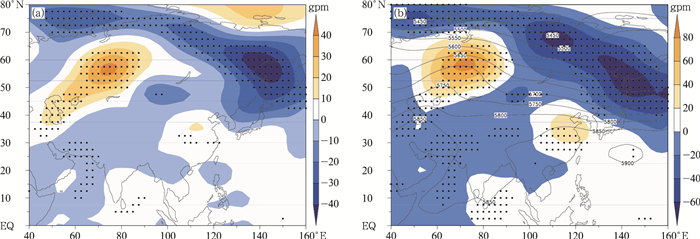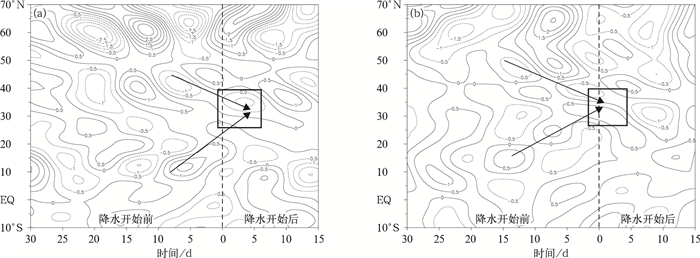|
[1]
|
|
|
[2]
|
|
|
[3]
|
Murakami T, Nakazawa T, He J.On the 40-50 day oscillation during the 1979 Northern Hemisphere summer.Part Ⅰ:Phase propagation. J Meteor Soc Japan, 1984, 62:440-468. doi: 10.2151/jmsj1965.62.3_440 |
|
[4]
|
Jiang X A, Li T.Re-initiation of the boreal summer intraseasonal oscillation in the tropical Indian Ocean. J Climate, 2005, 18(18):3777-3795. doi: 10.1175/JCLI3516.1 |
|
[5]
|
|
|
[6]
|
Qi Y, Zhang R, Li T, et al.Interactions between the summer meanmonsoon and the intraseasonal oscillation in the Indian monsoon region. Geophys Res Lett, 2008, 35(5):134-143. doi: 10.1029/2008GL034517/pdf |
|
[7]
|
Qi Yanjun, Zhang Renhe, Zhao Ping, et al.Comparison of the structure and evolution of intraseasonal oscillations before and after onset of the Asian summer monsoon. Acta Meteor Sinica, 2013, 27(5):684-700. doi: 10.1007/s13351-013-0511-2 |
|
[8]
|
|
|
[9]
|
|
|
[10]
|
Chatterjee P, Goswami B N.Structure, genesis and scale selection of the tropical quasi-biweekly mode. Quart J Roy Meteor Soc, 2004, 130:1171-1194. doi: 10.1256/qj.03.133 |
|
[11]
|
Hsu P C, Li T.Role of the boundary layer moisture asymmetry in causing the eastward propagation of the Madden-Julian Oscillation. J Climate, 2012, 25:4914-4931. doi: 10.1175/JCLI-D-11-00310.1 |
|
[12]
|
Lorence A C.The evolution of p1anetary scale 200mb divergence flow during FGGE year. Quart J R Meteor Soc, 1984, 100:427-442. doi: 10.1002/qj.49711046408 |
|
[13]
|
|
|
[14]
|
|
|
[15]
|
|
|
[16]
|
|
|
[17]
|
|
|
[18]
|
|
|
[19]
|
|
|
[20]
|
|
|
[21]
|
|
|
[22]
|
|
|
[23]
|
|
|
[24]
|
|
|
[25]
|
|
|
[26]
|
|
|
[27]
|
|
|
[28]
|
|
|
[29]
|
|
|
[30]
|
|
|
[31]
|
|
|
[32]
|
|
|
[33]
|
|
|
[34]
|
|
|
[35]
|
吴洪宝.气候变率诊断和预测方法.北京:气象出版社, 2005.
|
|
[36]
|
|
|
[37]
|
|
|
[38]
|
庞玥.江淮流域梅雨期持续性降水与10-30 d低频振荡的关系及其前期信号研究.南京:南京信息工程大学, 2013.
|
|
[39]
|
|
|
[40]
|
|
|
[41]
|
|
|
[42]
|
|
|
[43]
|
|
|
[44]
|
|

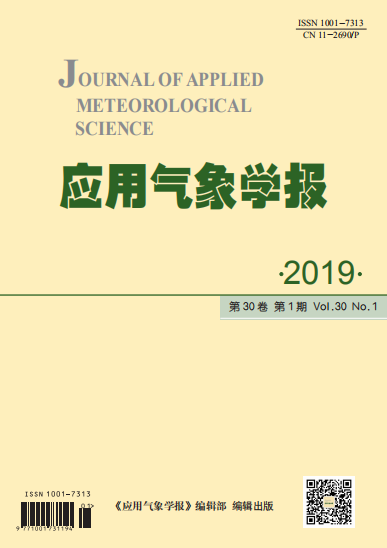


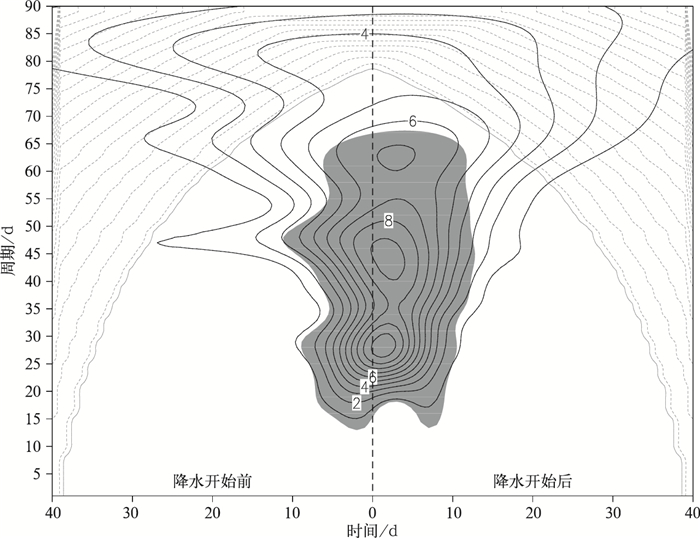
 DownLoad:
DownLoad:
